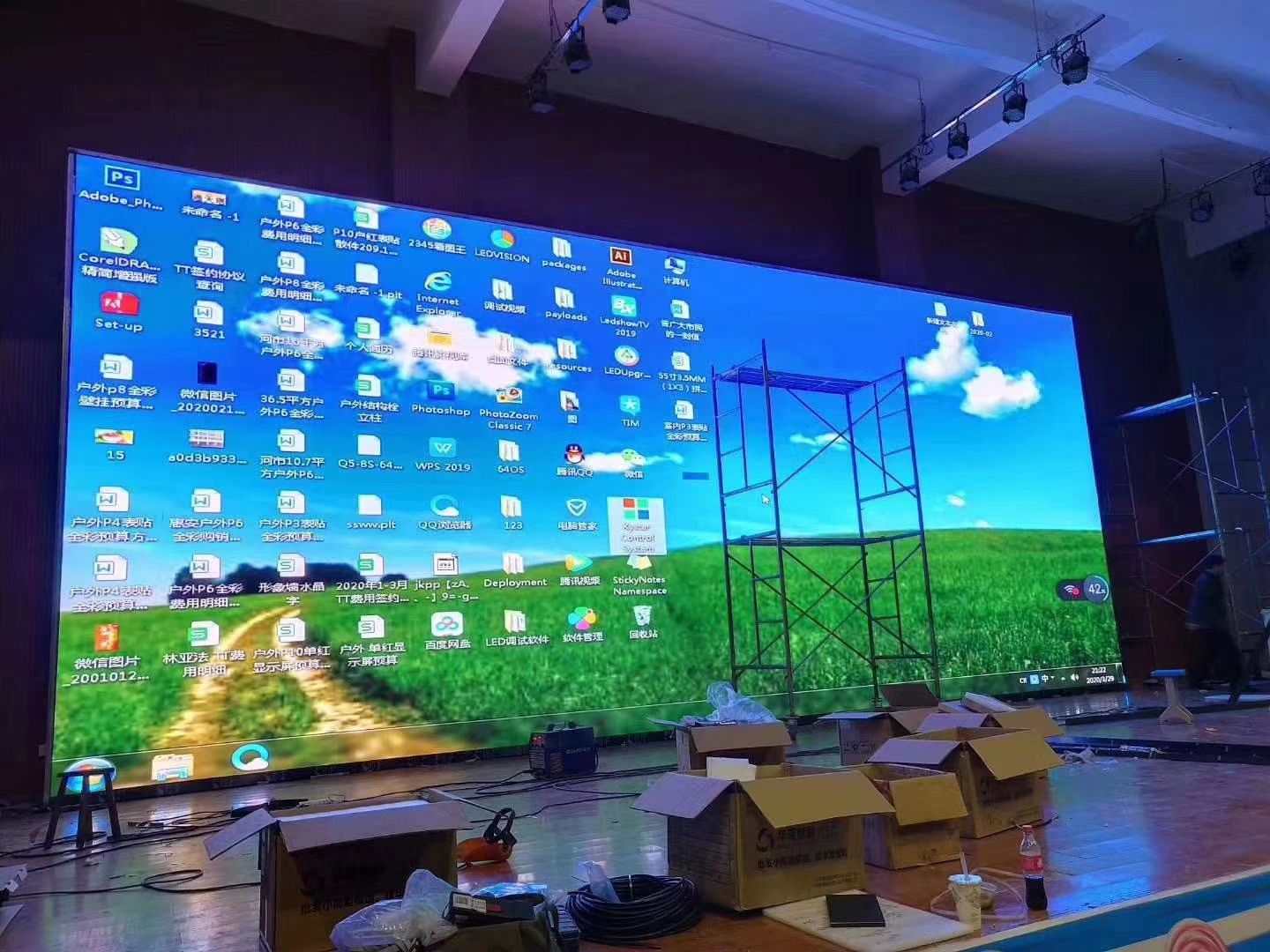Efficient Strategies for Overcoming Overheating Challenges in Light Emitting Diode Wall Panels
Wiki Article
Light Emitting Diode panel panels are progressively popular for various uses, such as advertising, functions, and electronic displays. However, excess heat is a major issue that can impact their functionality and longevity. When LED panels become too hot, they may decrease in brightness, color shift, or even malfunction completely. Understanding the reasons and applying effective strategies to control heat can help preserve the ideal function of LED panel screens. This article will discuss several approaches to address overheating issues related with these devices.
One powerful approach for preventing overheating in LED wall screens is guaranteeing adequate ventilation. It is crucial to place these screens in settings where atmosphere flow is adequate. This can be accomplished by positioning the screens in a properly aired space or utilizing fans to enhance airflow around the units. Additionally, if the screens are installed in a tight space, establishing gaps or implementing air ducts can help release heat more effectively. Maintaining a lower ambient heat level is vital, as it immediately affects the function and durability of LED panel panels.
Another way to address excess heat is through the use of thermal management substances. These materials can help absorb, disperse, or deflect heat away from the LED components. Thermal sinks are frequently used in many electronic devices, including LED panels. These metal elements pull heat away from the LED components, permitting them to function at a more secure heat level. Additionally, thermal paste or click for info pads can be utilized to enhance heat conduction between the LED elements and the heat sinks, further enhancing their chilling effectiveness.

Regular care and oversight of LED panel screens also play a critical part in stopping excess heat. Dirt and debris can accumulate on the surfaces of these panels, obstructing airflow and trapping heat. Consistent cleaning, using appropriate tools, will keep the panels free from blockages. Furthermore, tracking the temperature of the panels can help identify overheating issues before they become severe. Using temperature sensors can provide valuable information, enabling users to take remedial steps if the screens start to exceed safe operating temperatures.
The use of advanced technology can also help address overheating challenges in LED wall panels. Many contemporary LED screens come equipped with built-in thermal management systems. These systems can automatically adjust the brightness of the display based on the temperature, lowering heat production when needed. Additionally, program solutions can track the functionality of the panels and provide alerts if overheating is detected. Incorporating these technologies can considerably improve the durability and dependability of LED panel panels.
In conclusion, managing overheating in LED wall panels is crucial for guaranteeing their functionality and durability. Applying strategies such as ensuring proper airflow, using heat control substances, performing regular maintenance, and utilizing advanced tools can help mitigate overheating issues. By implementing these preventive steps, users can enjoy the full advantages of LED panel screens while reducing the risk of heat-related issues. This method not only improves the functionality of the panels but also contributes to a much eco-friendly and effective use of technology in various uses.